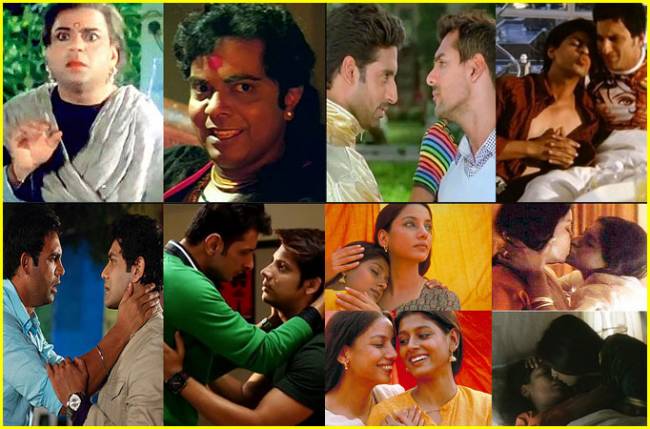
With Rajya Sabha members unanimously passing the historic Private Bill to promote transgendered rights, we are hopeful that the Indian legislature is all set to take a step forward to secure individual’s identity and right and will set a new example to other countries.
And as it is said that art and culture forms the basic foundation of society, same has been true for India. Our films and television series has contributed in their own way for the development of the society. Same has been true for LGBT community. Though Bollywood remained far more sensitive about the issue, television, until recently, has portrayed such characters in a lighter vein.
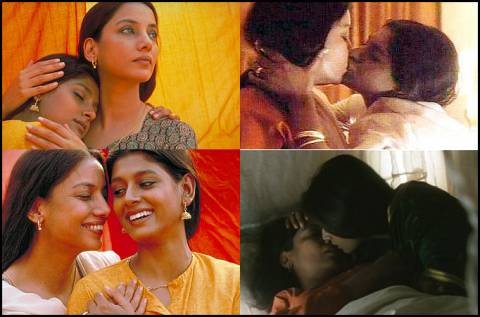
Deepa Mehta’s Fire was probably the first film to deal with such a ‘bold’ issue in a thoughtful way. However after facing lots of controversies the film was banned from theatres and was released almost after two years with introducing many changes to the original one. However, for the central characters of the film their orientation was more due to negligence from their respective spouses’ rather than out of choice.
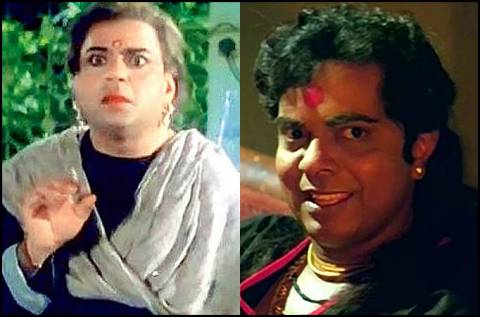
Just after a year, Tamanna was released, a film based on the life of a young girl Tamanna dumped by her family and was raised up by a eunuch, essayed by Paresh Rawal, who longed for human company. The film aptly showed how LGBT community in the society are marginalized and are forced to lead a secluded life. Another dark film from the Bhatt camp was Sadak (1991), which showed late actor Sadashiv Amarapurkar in the role of a eunuch. The veteran actor earned accolades from both audience and critics for his character portrayal.
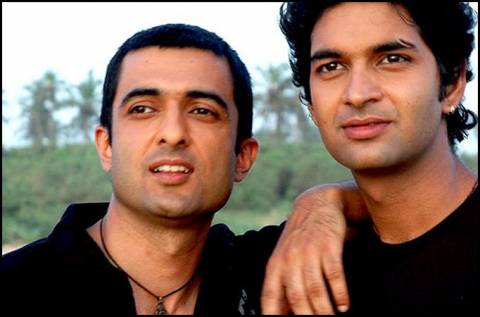
The first ever sensitive portrayal of homosexual characters in a full length feature film in Bollywood was Onir’s My Brother- Nikhil, which also dealt with the issues of HIV positive patients. Later on few others followed his footsteps and tried to make more believable sketches of LGBT characters in films like Life In A Metro, Page 3, Fashion and Dunno Y- Na Jaane Kyon.
Sensitive issues have always found a voice in Onir’s film and hence, he once again came up with the same topic in I Am, which was an anthology of four films. Surprisingly this time he clubbed the issue with a much hard hitting topic like sexual abuse on transgenders.
And once established by Onir, many film makers later on in a much sensitive and matured way dealt with such characters. Bhandarkar rightly essayed the character of a gay fashion designer (Samir Soni) in the film Fashion, who under societal pressure ended up marrying his college friend and planned to adopt a child.
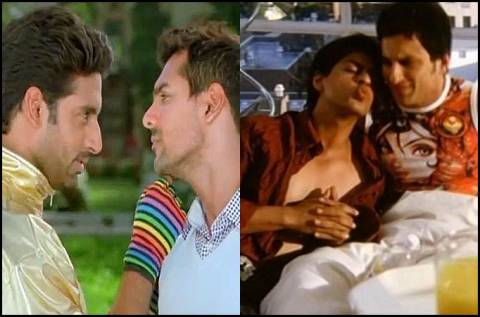
Not to miss even in the ‘feel good’ movie Honeymoon Travels Pvt. Ltd. wonderfully captured the relationship between a young woman and her gay husband, departing from mainstream Bollywood films like Dostana and Kal Ho Naa Ho, which mostly mimicked gay characters.
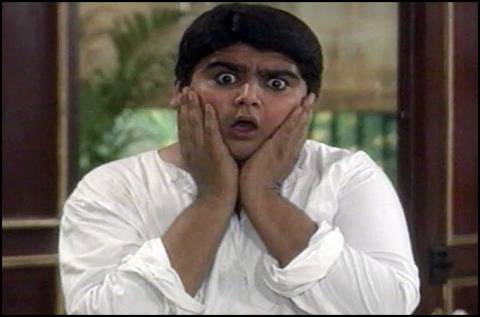
Unfortunately, unlike Bollywood, television was never much empathetic towards LGBT characters until recently. One of the earliest portrayals of such characters on television was perhaps Karima (Deven Bhojani) from Dekh Bhai Dekh. Though he was never labeled as a gay but his effeminate ways surely drew attention. Later on Bobby Darling did many roles as transgendered characters, but all of them were essayed in a light hearted way.
The first daily to portray such issue was Rakt Sambandh, where just to maintain his image; a rich transgendered guy was married off to a young woman, who was unaware of the truth. Though was largely melodramatic, the show rightly captured the struggle of the young guy trying to secure his assigned gender by the society even by evil methods and unfair means.
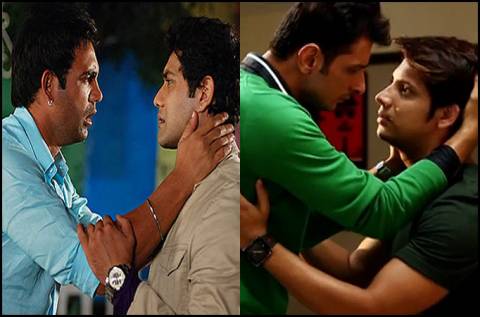
Few years later a daily soap entitled Maryada- lekin Kab Tak wonderfully dealt with the issue of a gay man, who married a young woman and they continued a conflicting marriage. Much bold and ahead of its time Maryada definitely won accolades from audience and so did Daksh Ajit Singh, the actor who portrayed the character. More recently the youth based show Kaisi Yeh Yaariyan is not only dealing with one but many bold issues. And in one sub plot of the ongoing drama is rightly showcasing a gay relationship between a student and his professor.
But on the contrary, another daily Laut Aao Trisha was reported to wipe out a bold track on bisexuality. Though the show focused on many sensitive issues like incest and extra marital affair, a source close to the show quoted saying that one of the important characters in the show was supposed to be bisexual but was later removed keeping in mind the fact that the daily already contained many bold issues. Though the makers denied the development however they also confirmed of initially developing one such character. This actually raises one serious question that whether our audiences are enough mature to handle such issues or not.
On the ending note with a positive hope we definitely expect to see some more LGBT characters on screen and instead of mocking them we wish to see them as dignified character sketches rightly essaying their stories.
Send your feedback below in the comment section.
